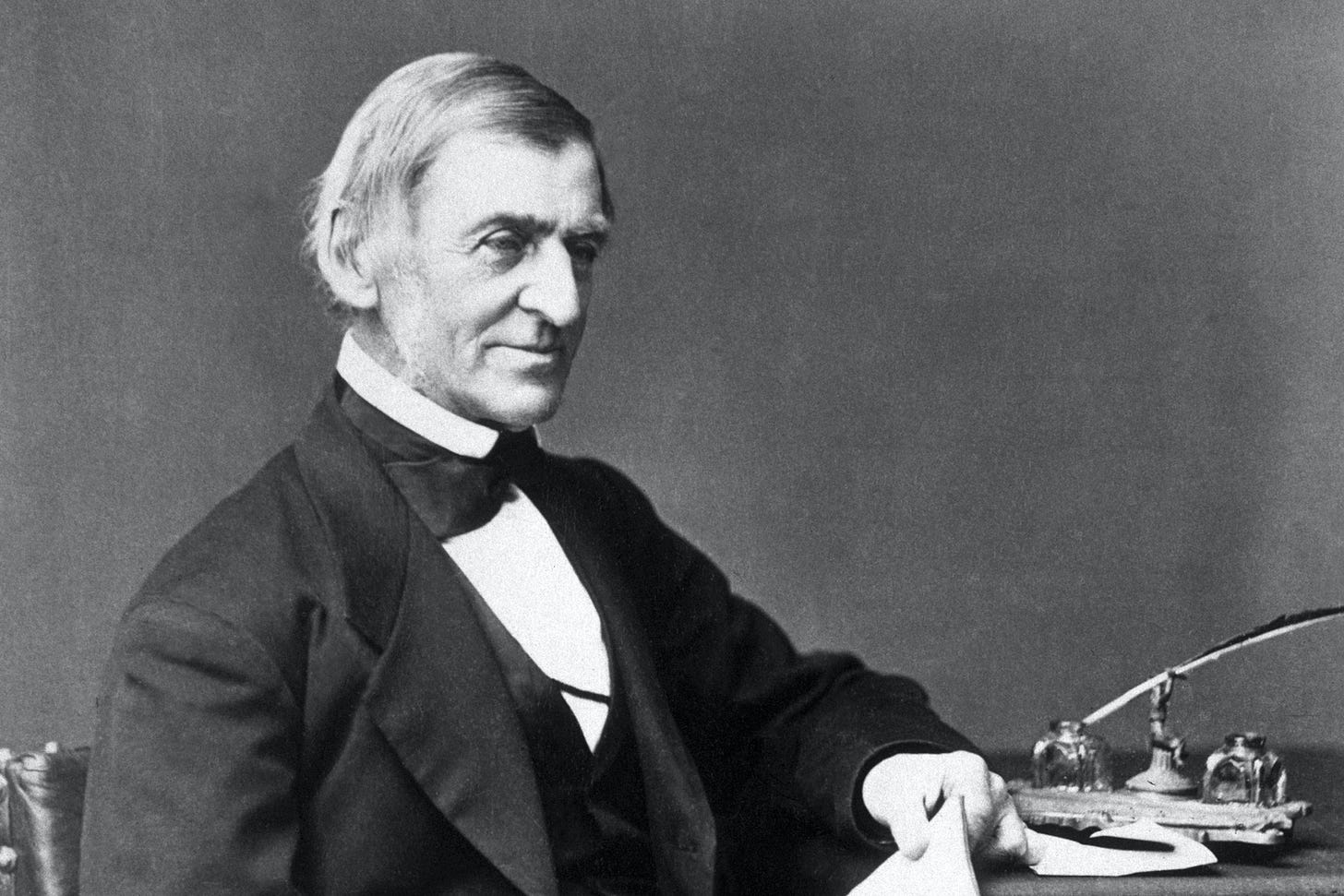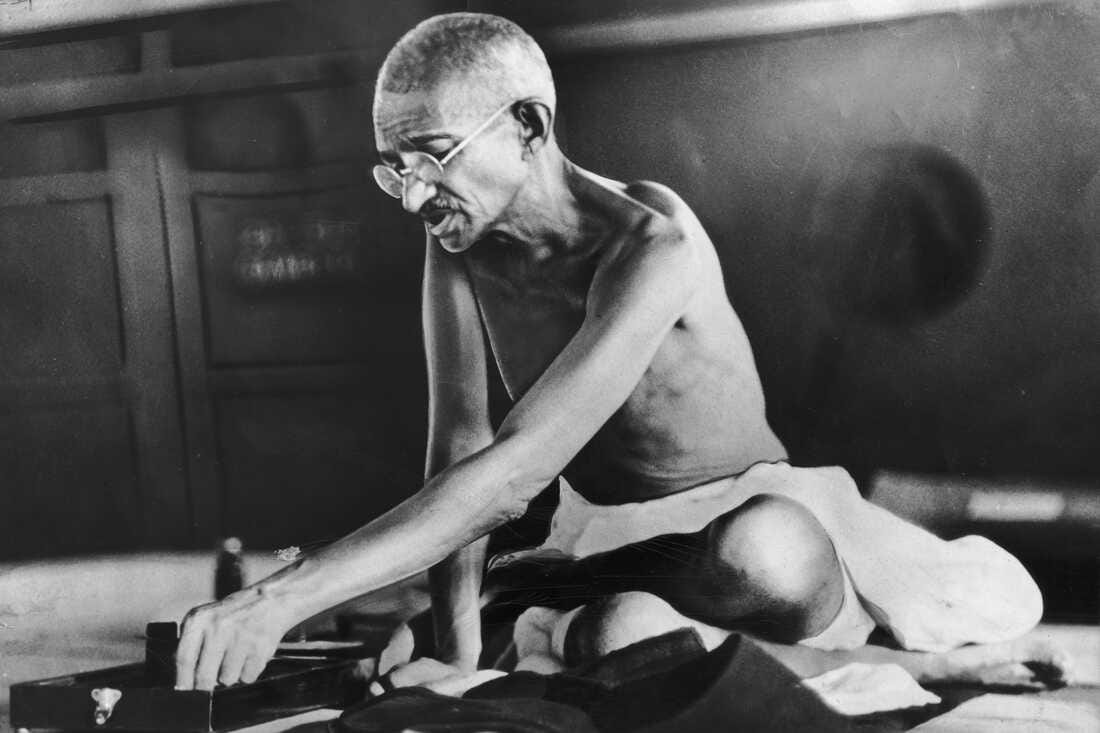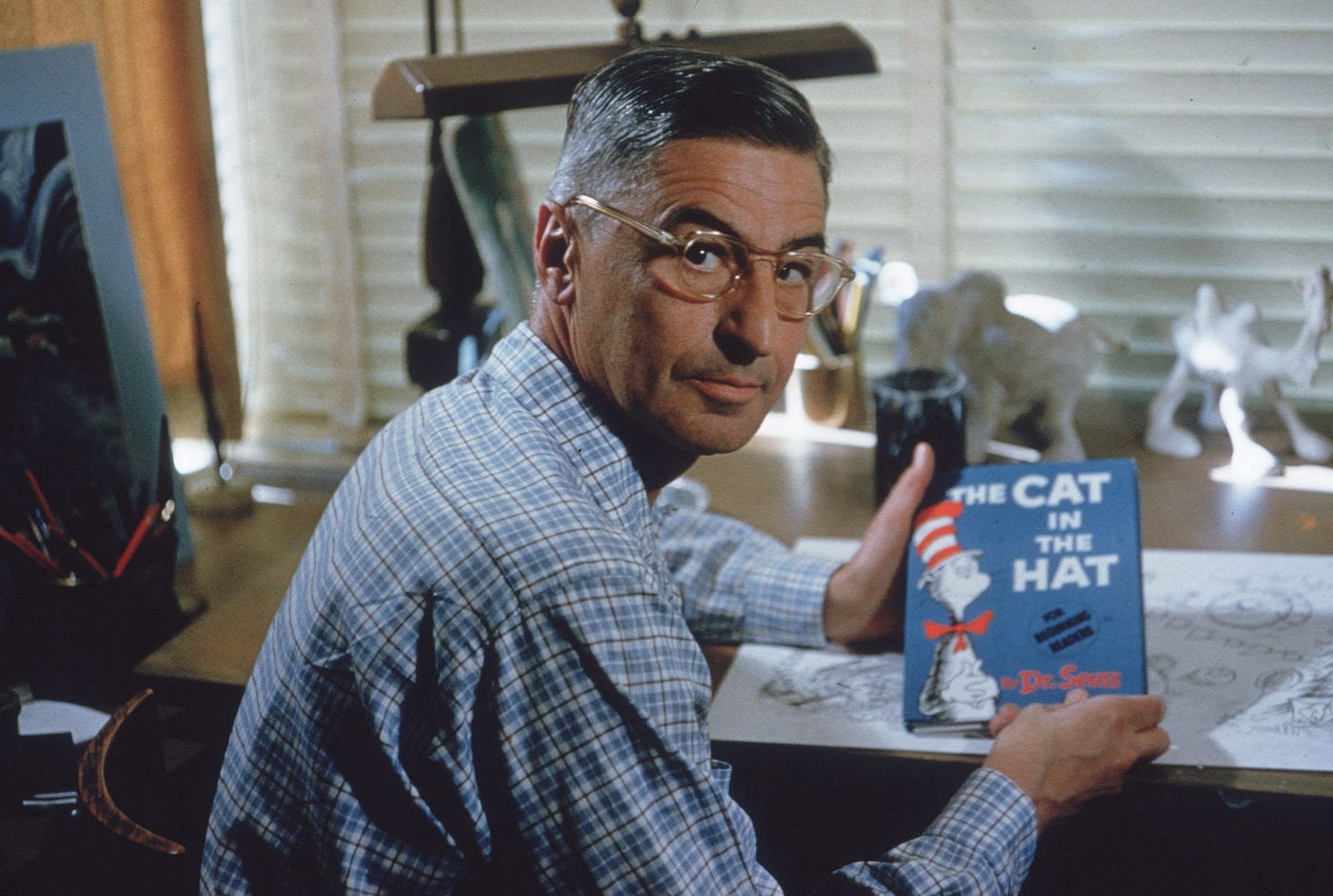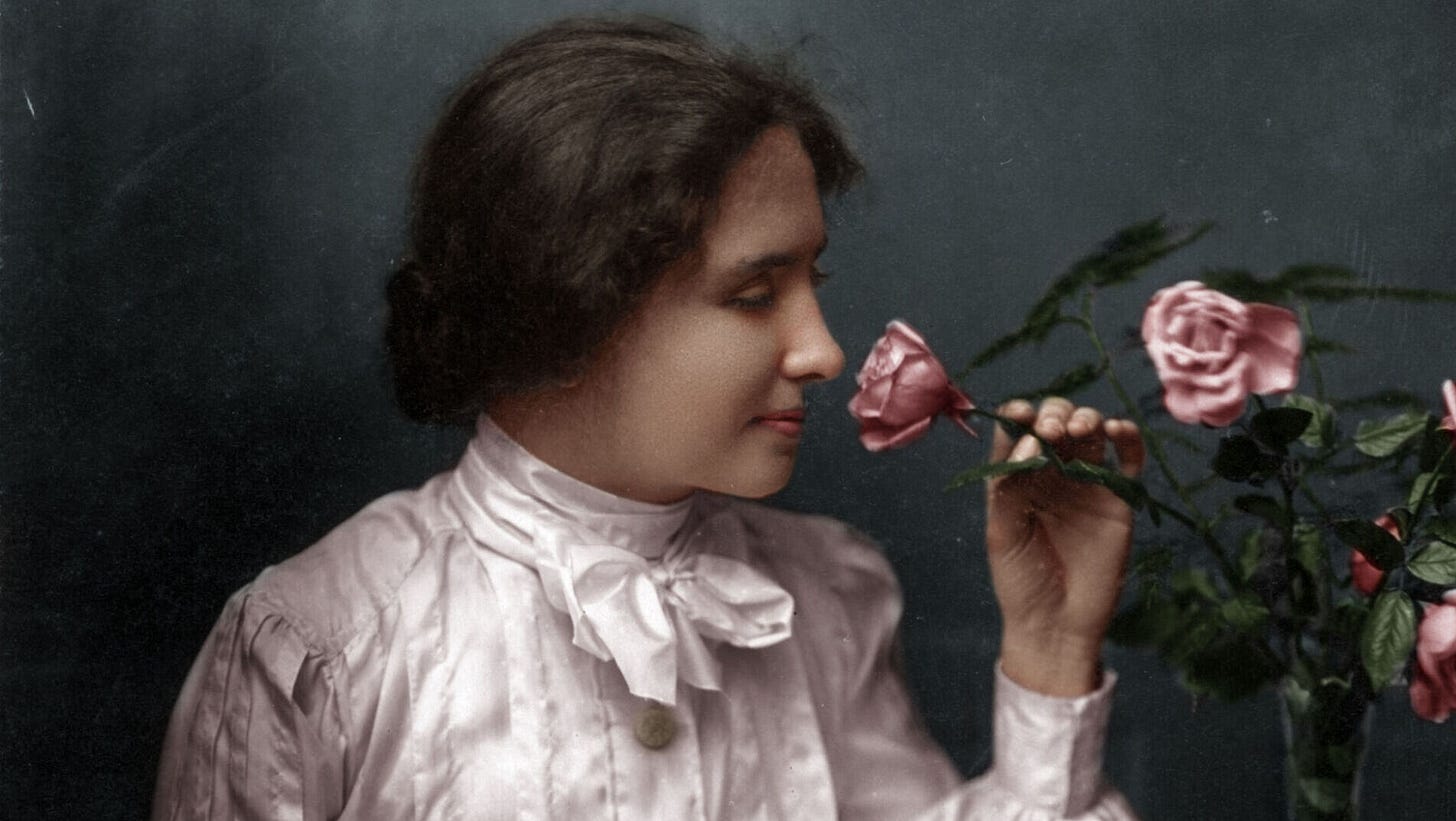The Writer’s Thoughts
Ralph Waldo Emerson — On Self-Trust
Trust thyself: every heart vibrates to that iron string. Accept the place the divine providence has found for you, the society of your contemporaries, the connection of events. Great men have always done so, and confided themselves childlike to the genius of their age, betraying their perception that the absolutely trustworthy was seated at their heart, working through their hands, predominating in all their being. And we are now men, and must accept in the highest mind the same transcendent destiny; and not minors and invalids in a protected corner, not cowards fleeing before a revolution, but guides, redeemers, and benefactors, obeying the Almighty effort, and advancing on Chaos and the Dark.
Whoso would be a man, must be a nonconformist. He who would gather immortal palms must not be hindered by the name of goodness, but must explore if it be goodness. Nothing is at last sacred but the integrity of your own mind. Absolve you to yourself, and you shall have the suffrage of the world. I remember an answer which when quite young I was prompted to make a valued adviser who was wont to importune me with the the dear old doctrines of the church. On my saying, 'What have I to do with the sacredness of traditions, if I live wholly from within?' my friend suggested, 'But these are the means, the tools of wisdom, you must value them.' To which I replied, 'No, sir, I will not be shackled by the past or its wisdom. I have my own mind, my own heart. They are my compass, my path, and my journey's end. I must be myself. I cannot break myself any longer for you, or you. If you can love me for what I am, we shall be the happier. If you cannot, I will still seek to deserve that you should. I will not hide my tastes or aversions. I will so trust that what is deep is holy, that I will do strongly before the sun and moon whatever inly rejoices me, and the heart appoints. If you are noble, I will love you; if you are not, I will not hurt you and myself by hypocritical attentions. If you are true, but not in the same truth with me, cleave to your companions; I will seek my own. I do this not selfishly, but humbly and truly.'
Food For Thought
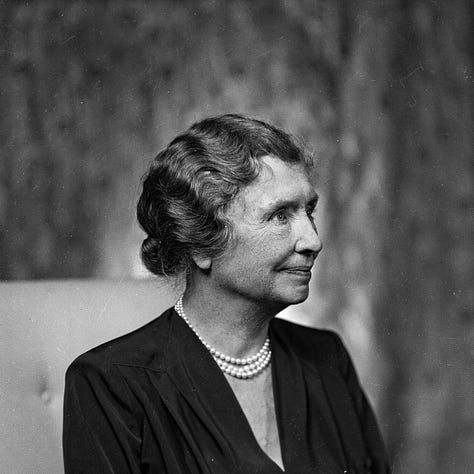

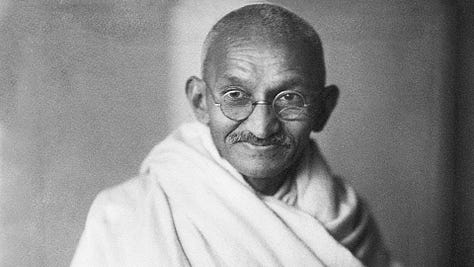
Mahatma Ghandi |"Man often becomes what he believes himself to be. If I keep on saying to myself that I cannot do a certain thing, it is possible that I may end by really becoming incapable of doing it. On the contrary, if I have the belief that I can do it, I shall surely acquire the capacity to do it even if I may not have it at the beginning."
Mahatma Gandhi, born in 1869 in Porbandar, India, became one of the world's most influential figures through his pioneering use of nonviolent resistance. After studying law in London, Gandhi moved to South Africa, where he faced racial discrimination firsthand, sparking his lifelong quest for civil rights.
Returning to India in 1915, he became the leader of the Indian National Congress, advocating for Indian independence from British rule. His dedication to nonviolence was unwavering, as illustrated by the Salt March of 1930, where Gandhi and thousands of followers marched 240 miles to the Arabian Sea to protest the British salt tax. Despite the physical toll and risk of arrest, Gandhi's self-determination led to a significant victory in the movement for Indian independence.
Gandhi's personal life mirrored his political pursuits, living a simple lifestyle and promoting self-sufficiency. He was assassinated in 1948, but his legacy of peaceful resistance continues to inspire globally. His life's work embodies the power of self-determination, standing as an enduring testament to the change one determined individual can effect.
Theodor Seuss Geisel ( Dr. Seuss) | "You have brains in your head. You have feet in your shoes. You can steer yourself any direction you choose. You're on your own. And you know what you know. And YOU are the one who'll decide where to go."
Dr. Seuss, born Theodor Seuss Geisel (1904-1991), was a celebrated American author, political cartoonist, and animator, renowned for his enduringly popular children's books. Geisel's early career as a cartoonist for various publications and his tenure in the U.S. Army's animation department laid the groundwork for his later success as Dr. Seuss.
A hallmark of his career was his determination to make children's literature both engaging and educational. This was embodied in his creation of "The Cat in the Hat," a response to a 1954 Life magazine article that criticized children's reading levels. He was challenged to write a compelling, easy-to-read book using only 250 unique words. The resulting story was a resounding success, transforming children's literature by proving that beginner books could be both entertaining and educational.
Despite his initial struggles - his first book was rejected 27 times - Geisel's unwavering self-trust and tenacity led him to become one of the most loved children's authors of all time, with his works translated into over 20 languages and selling over 600 million copies by the time of his death. His legacy continues to inspire children worldwide.
Helen Keller | “Walking with a friend in the dark is better than walking alone in the light.”
Helen Keller, born in 1880 in Alabama, was an American author, political activist, and lecturer, known for being the first deaf-blind person to earn a Bachelor of Arts degree. At 19 months old, she lost her sight and hearing due to an illness, and her world became dark and silent. However, her life changed at age seven when she met Anne Sullivan, her teacher and lifetime companion, who taught her to communicate using a system of tactile sign language.
Her determination to overcome her physical limitations was extraordinary. With Sullivan's help, she attended the Perkins Institute for the Blind, then Wright-Humason School for the Deaf, and later, Radcliffe College. In 1904, she graduated from Radcliffe, showcasing her remarkable determination and intelligence.
Keller used her fame and story to advocate for people with disabilities, women's suffrage, and worker's rights. Her autobiography, "The Story of My Life," has inspired millions worldwide. Notably, she helped found the American Civil Liberties Union (ACLU) in 1920, highlighting her relentless advocacy for civil rights.
One of her famous quotes, "Alone we can do so little; together we can do so much," encapsulates her belief in collaboration and perseverance, despite the odds. Helen Keller remains a symbol of courage, and her life serves as a testament to the power of determination.
Despite the controversy surrounding his work, Bukowski's portrayal of leisure is important because it exposes the reality of those who find themselves trapped in monotonous lives, seeking escape through destructive vices. His writing is a call to action, urging readers to examine their own lives and consider the role of leisure in their pursuit of happiness.
The Gallery
"Wanderer above the Sea of Fog" by Caspar David Friedrich
Caspar David Friedrich was a prominent German painter known for his unique style that blended Romanticism and realism. Born in 1774 in Greifswald, Germany, Friedrich was deeply influenced by his upbringing in a pious Lutheran family and the natural landscapes of his youth.
Friedrich's work often featured solitary figures contemplating the beauty and power of nature, reflecting his personal interest in the spiritual and mystical. His artistic pursuits were not without challenges, as he struggled to gain recognition and support from the artistic establishment in his early years.
Despite these challenges, Friedrich remained committed to his artistic vision, honing his craft and experimenting with new techniques. His conception of human nature is most evident in his most famous painting, "Wanderer above the Sea of Fog", which reflects his dedication to depicting the transformative power of nature and the individual's relationship to it.





